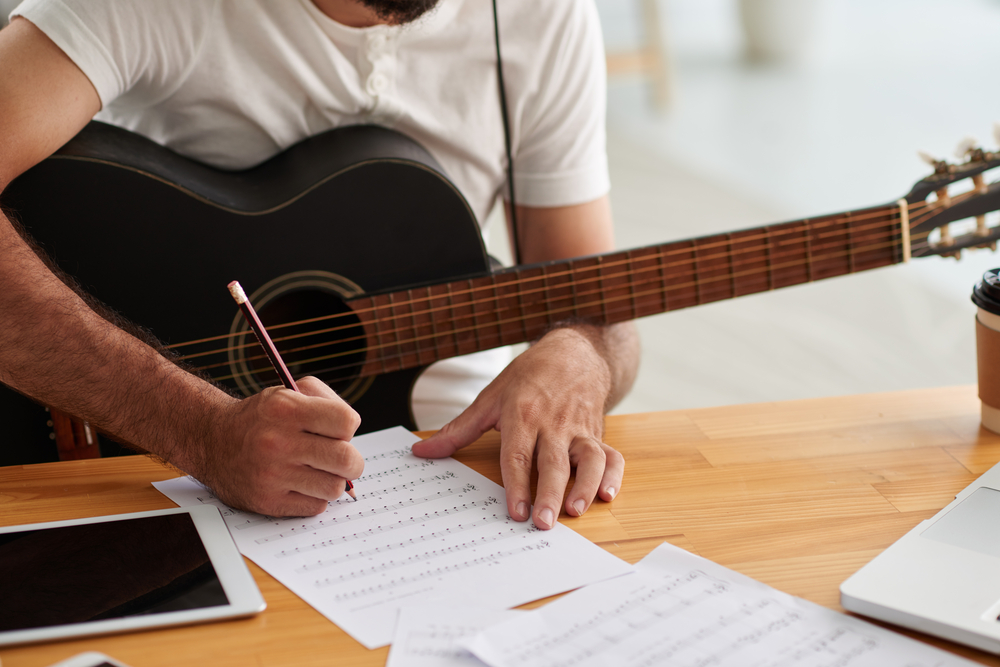Technology allows anyone to produce music that speaks to their soul. Different software and other tools can help with creating rhythms, mixing, and melodies that make hit songs.
No matter what kind of music you’re looking to make, this article will give you the process of music production. Regardless of the style and genre, this guideline will be useful in creating unique songs, so others can enjoy it as much as you do.
Finding The Beat
Using your preferred instrument, it’s time to make a beat that will connect with your overall goal for a song. This part can be easy for some, while others prefer to start with lyrics before the music. However, we have found that creating the tune first will help the words come to the surface.
If you are stuck finding a melody, we recommend meditating or listening to other music to spark inspiration. And lastly, don’t look for perfection. Focus on having fun and creating something that connects with how you’re feeling. There is no “right” or “wrong” way to do this, so try out various techniques until you find the perfect base.
The Power Of The Pen: Songwriting
Have you ever had a song that said all the right words? Musical pieces like these begin at the fingertips of someone who felt just as you do. But the difference is they decided to put their feelings on paper. Don’t try creating the next best hit. Instead, allow yourself to write from your heart.
After finding the melody, you want to go with it, sit down and listen to how the beat evokes emotion. Does it make you feel happy? Sad? In love? Let the rhythm speak to you, and go from there. Once the words come out, go back and edit them to fit with the harmony from the guitar, piano, bass, etc. Remember to use repetition during the chorus and different chords to transition from section to section.
When you play the song after it is drafted, you need to ask yourself, “Is it pleasing to the ear?” This answer will rely on the genre it reflects and the kind of audience you strive to have. If it doesn’t align with those aspects, go back to the drawing board.

Let’s Record
This is where the magic happens. You have your song and melody, and now you’re ready to make your tune come alive. You will need a digital audio workstation, a microphone, and other necessary equipment for the song you’re creating. Depending on your budget, you may be able to have more tools or the bare minimum. Either way, you’re on the road to recording art.
After the equipment is set up, you need to create the foundation of your song. The beat or rhythm instruments you use will be a guide to the rest of your instruments and vocals. Record separate rhythm tracks to create a clean and enjoyable song. Upon finishing this, you can record the intro, chorus, and bridges in separate clips, so you can make minor alterations along the way.
Listen to the song through and add different harmonies in the background. This could be additional instruments or light background vocals. These added effects will brighten the music and give it a touch.
The Re-Run: Editing
Editing can be the worst part of producing because it’s difficult to pinpoint what should or shouldn’t be removed. This can be an obstacle for others, which is why we recommend having another music enthusiast near so they can give you feedback.
If you already enjoy the song, you don’t want to overdo the editing because it could cause it to sound too choppy and lose its touch that it once had. The goal of this is to make sure the tune sounds polished and smooth.
Once it has been edited and listened to by others, it’s time to send it out to producers, or you can self-publish.